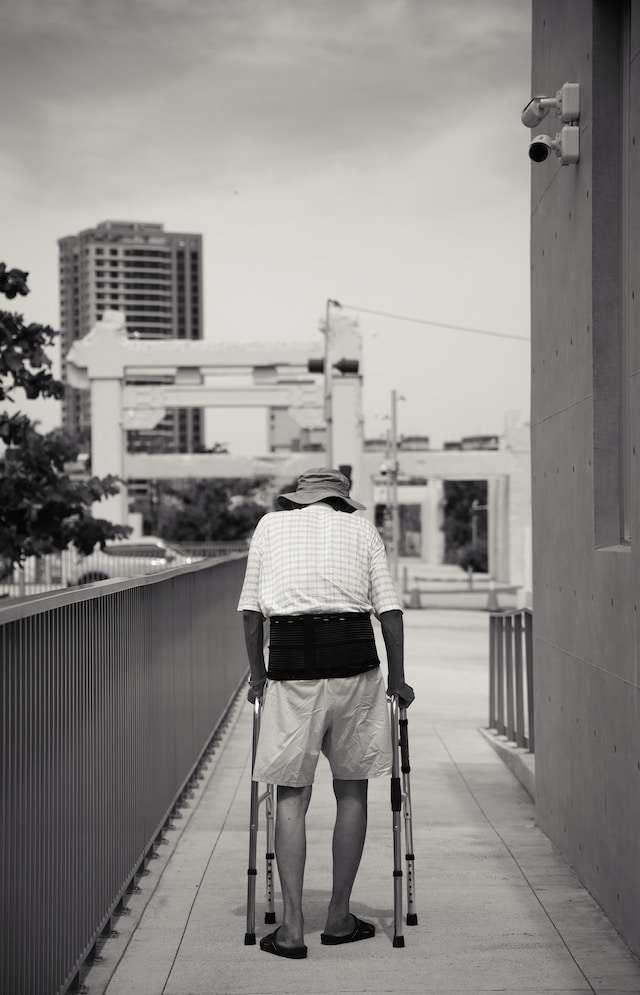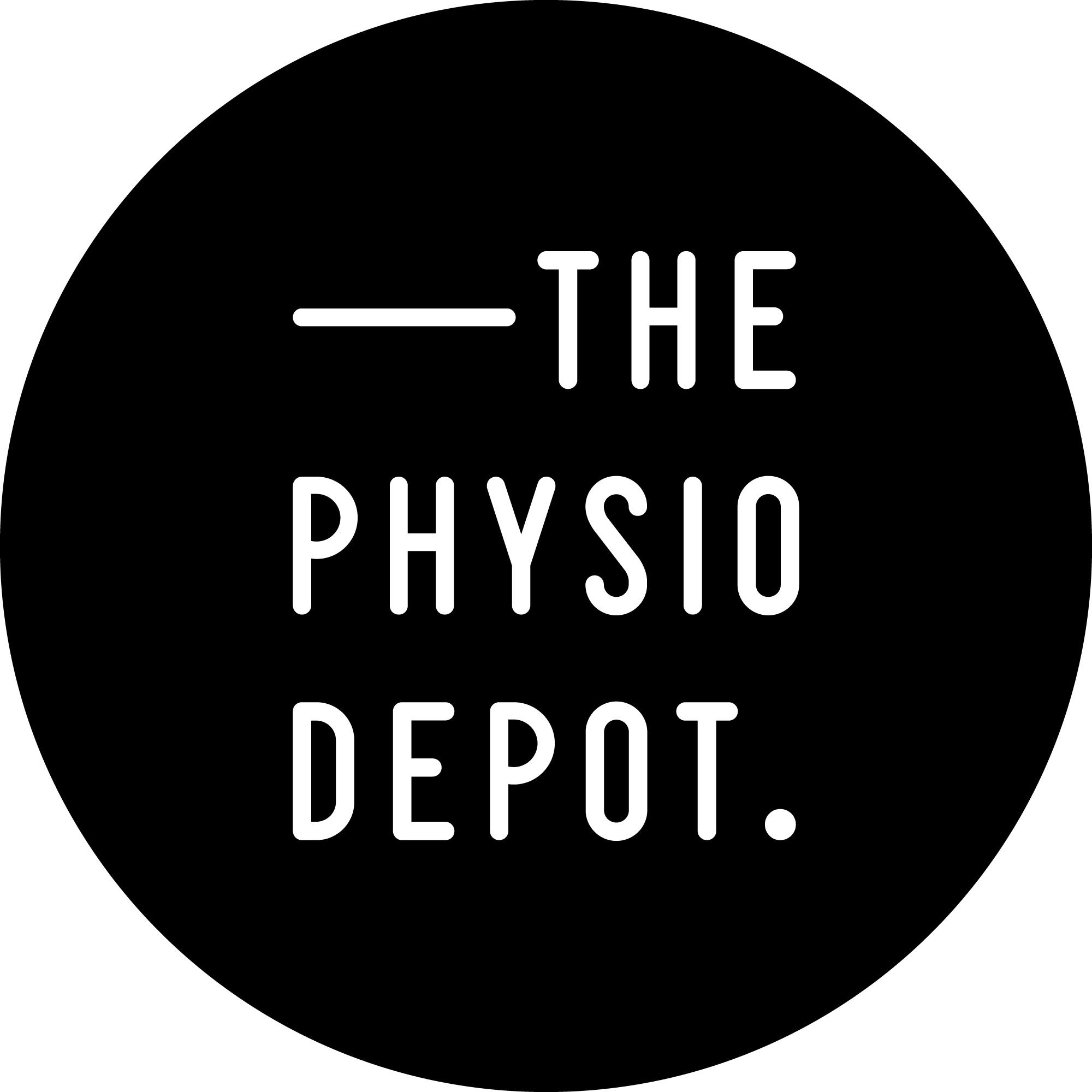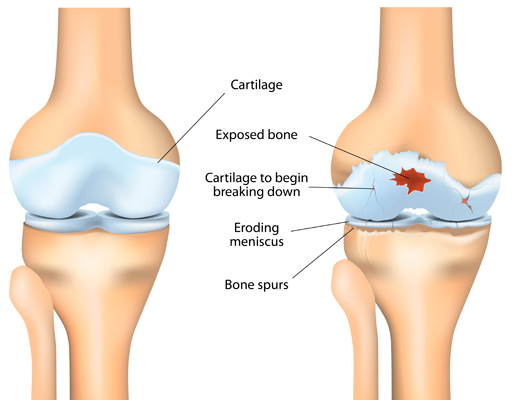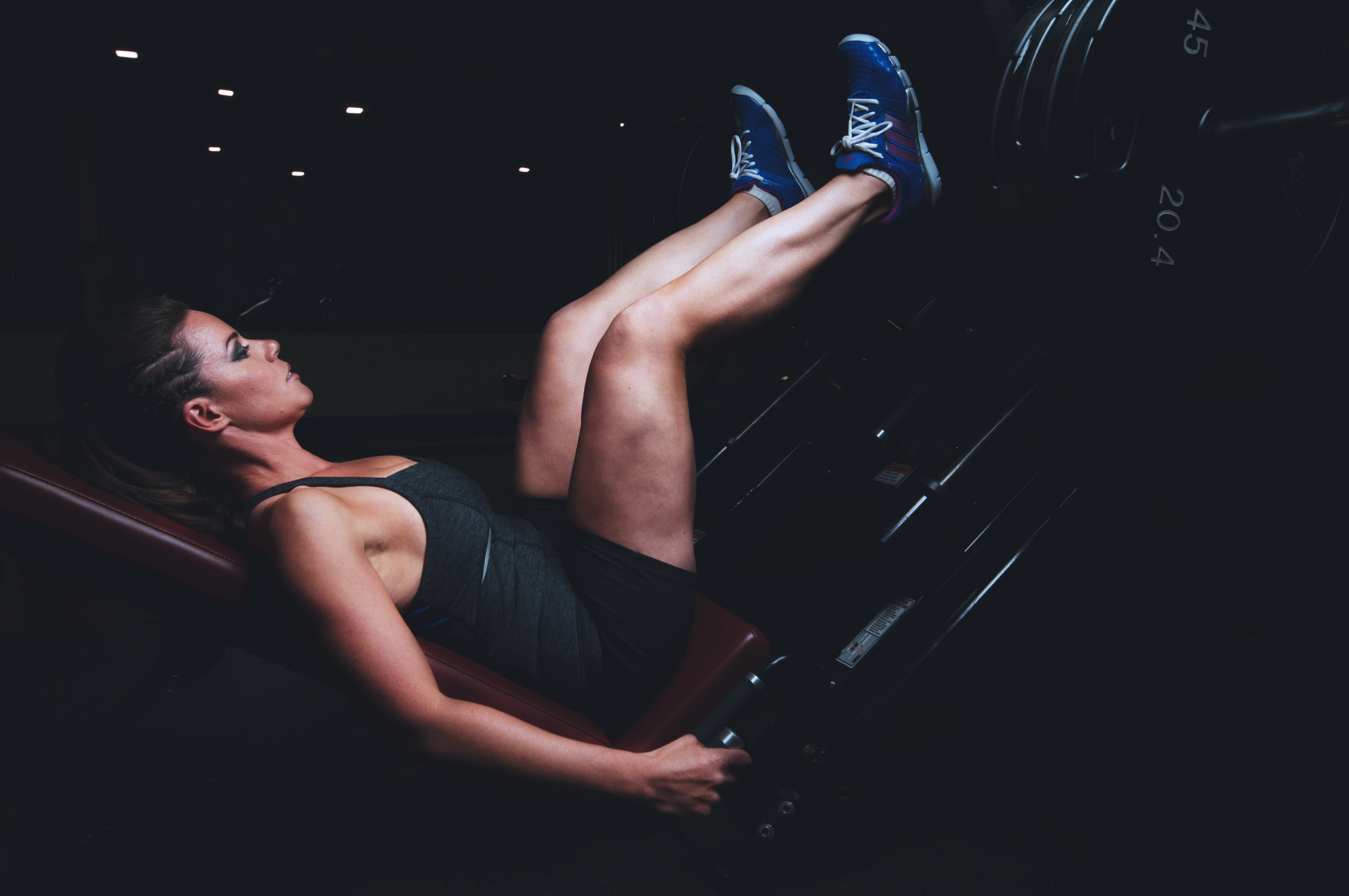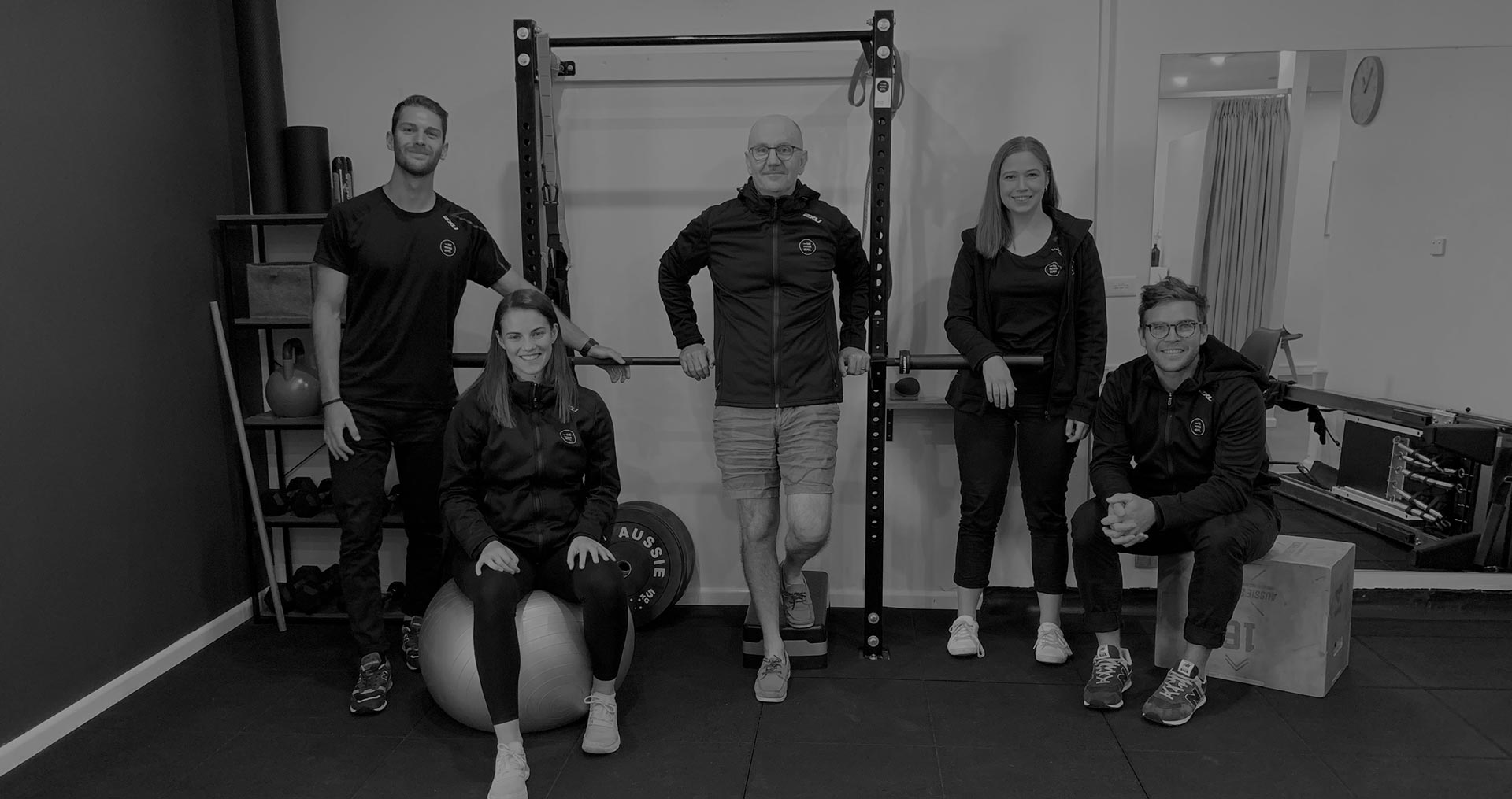Firstly, what is knee osteoarthritis?
Knee osteoarthritis, often referred to simply as knee OA, is a common degenerative joint disease that affects the knee joint. Osteoarthritis occurs when the protective cartilage that cushions the ends of the bones within a joint gradually breaks down over time. Key characteristics of knee osteoarthritis are pain, joint stiffness, inflammation and reduced functionality of the knee.
Physiotherapy plays a crucial role in the management of knee osteoarthritis. It aims to reduce pain, improve joint function, increase flexibility, and strengthen the muscles around the knee.
How can Physio help?
- Range of motion exercises: These exercises help maintain and improve the mobility of the knee joint. Gentle movements and stretches are performed to prevent stiffness and maintain flexibility. Especially for maintaining the ability to straighten the knee (Knee extension)
- Strengthening exercises: Strengthening the muscles around the knee joint can help provide better support and stability to the knee. Exercises that target the quadriceps primarily, followed closely by the calf, hamstring and glute complex.
- Low-impact aerobic exercises: Activities like walking, cycling, or swimming can improve cardiovascular fitness without putting excessive stress on the knee joint. Running can be done on arthritic knee but this often becomes painful.
- Balance and proprioception exercises: These exercises help improve balance and body awareness, reducing the risk of falls and injuries.
- Manual therapy: Hands-on techniques like joint mobilisations and soft tissue massage may be used by the physiotherapist to reduce pain and improve joint mobility.
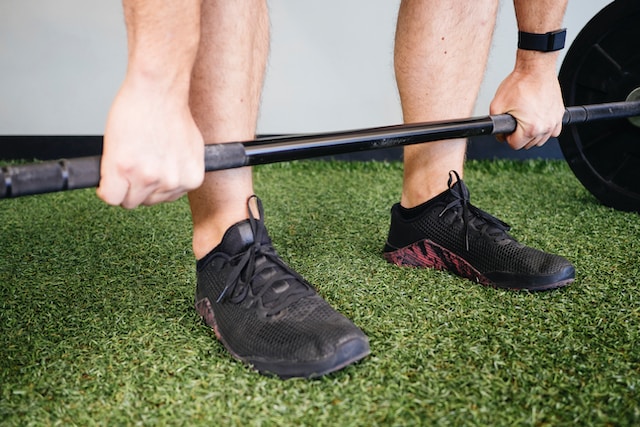
- Taping or bracing: Taping techniques or knee braces can provide additional support to the knee joint during physical activities and provide support to manage your symptoms.
- Ice therapy: Applying cold packs to the knee can help reduce pain during a flare up where inflammation is present.
- Assistive devices: Physiotherapists may suggest using assistive devices like canes or walking sticks to reduce pressure on the knee joint during activity.
- Home exercise programs: Every patients are given an individualised exercise program to perform at home regularly to maintain the benefits of physiotherapy long term.
It’s important to note that each individual’s condition is unique, and the physiotherapy program will be tailored to their specific needs and capabilities. Physiotherapy is often combined with other treatment approaches, such as pain medications, weight management, and lifestyle modifications, for a comprehensive approach to managing knee osteoarthritis. If you have knee osteoarthritis, consult a physiotherapist or healthcare professional to create an appropriate and effective treatment plan for your specific situation.
If you need a Physio, our team is ready to help.
Call: T (02) 47519127

